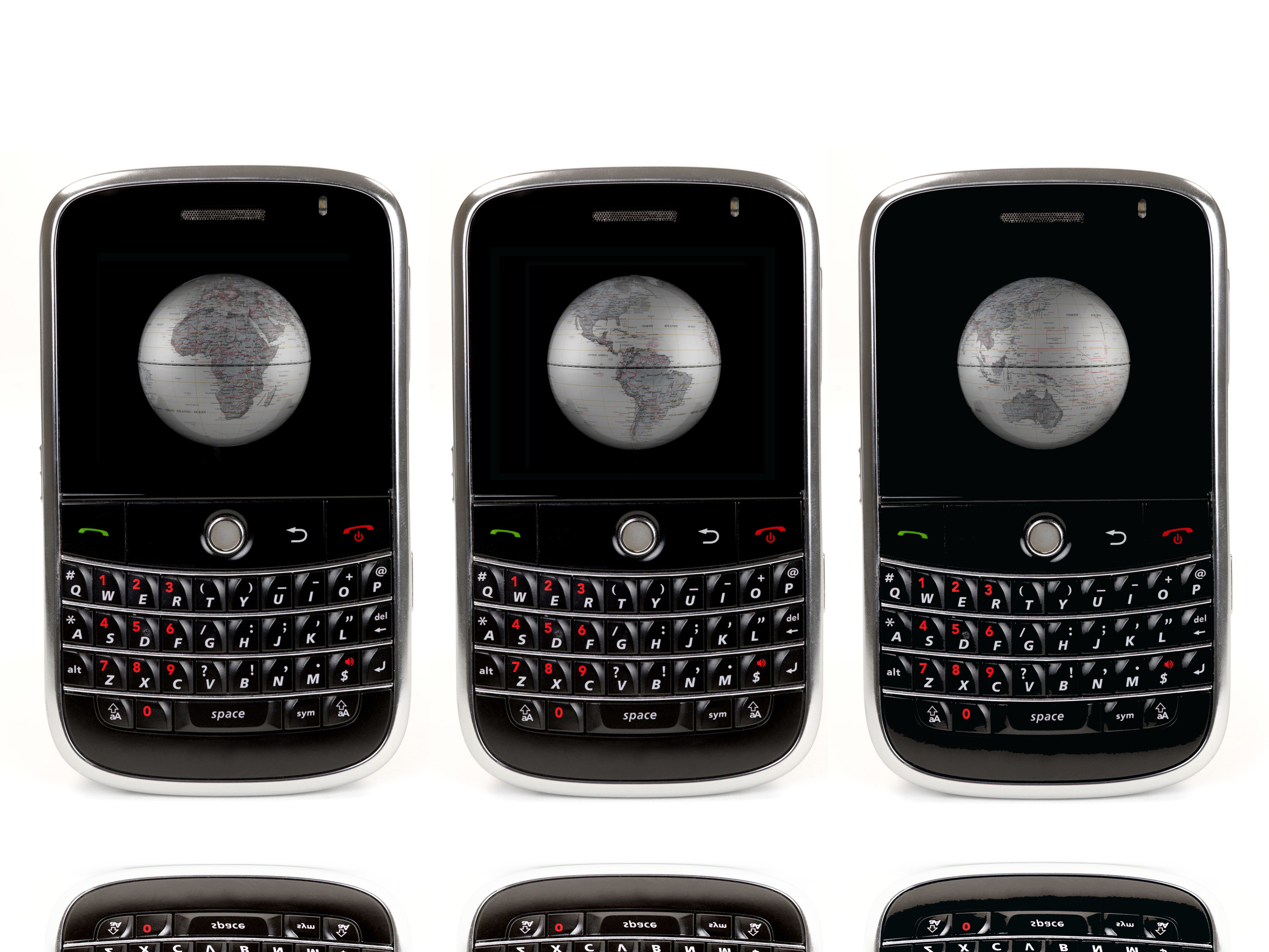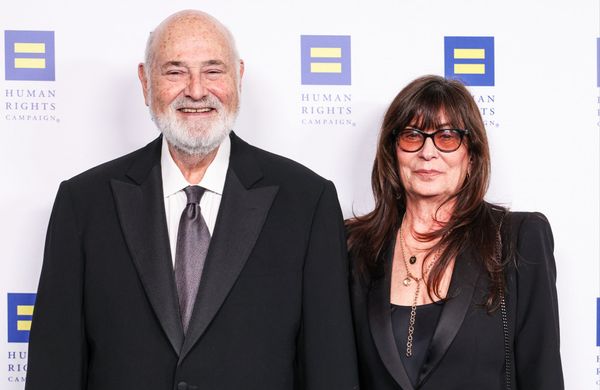
In the fast-moving world of business, not all giants stand the test of time. Some brands that once felt invincible are now quietly fading into irrelevance, trying to rebrand, pivot, or digitize their way out of decline. Consumers may still see the commercials, the storefronts, or the logos, but behind the scenes, many of these companies are grappling with shrinking profits, vanishing relevance, or increased competition.
While they may not admit it publicly, the signs are all there. These brands are holding on, but the clock is ticking, and the silence speaks volumes.
1. Sears: The Retail Dinosaur on Life Support
Once the pinnacle of American retail, Sears has lost nearly all of its cultural and commercial relevance. Its vast catalog business was revolutionary a century ago, but failed to keep up with the digital age and consumer expectations. Poor financial decisions, outdated store layouts, and a lack of innovation led to a mass exodus of shoppers. Despite attempts to modernize and spin off assets, Sears has become more of a real estate play than a retail destination. Most locations have closed, and the few that remain operate as shadows of their former selves.
2. Yahoo: From Internet Pioneer to Afterthought
Yahoo was once the go-to portal for email, news, and search before Google and Facebook rewrote the rules of the internet. Leadership missteps, a lack of clear vision, and a string of failed acquisitions undermined the company’s momentum. While it still maintains a user base and some digital presence, Yahoo has become irrelevant in a tech landscape dominated by sleeker, more efficient platforms. The brand now survives mostly through its legacy services, but younger users rarely interact with it. For a brand that once defined the internet, its current standing is a sobering fall from grace.
3. JCPenney: Hanging by a Thread in the Mall Era
JCPenney’s decline mirrors that of the traditional American shopping mall—once essential, now largely obsolete. Years of identity confusion, inconsistent product offerings, and weak online strategies eroded consumer loyalty. The company tried rebranding multiple times, including a failed attempt to go upmarket, but none of it resonated with customers. Financial struggles led to bankruptcy filings, store closures, and desperate restructuring efforts. JCPenney may still have name recognition, but it’s struggling to stay relevant in a world increasingly dominated by fast fashion and e-commerce.
4. BlackBerry: The Business Icon That Couldn’t Adapt
BlackBerry was once the ultimate status symbol for professionals, praised for its security and physical keyboard. However, the brand failed to evolve with the rise of touchscreen smartphones and app ecosystems. Apple and Android moved swiftly, while BlackBerry clung to its old formula for too long. Eventually, it exited the smartphone market entirely and tried to rebrand as a cybersecurity company. Though it remains active in niche enterprise spaces, the BlackBerry name is now more of a nostalgic footnote than a tech contender.

5. Kodak: Failing to Develop in the Digital Age
Kodak is a classic example of a brand that invented the future but couldn’t capitalize on it. Despite creating the first digital camera, it chose to protect its film business rather than embrace innovation. As smartphones and digital photography exploded, Kodak found itself locked out of the very market it helped spark. The company filed for bankruptcy in 2012 and has been attempting to pivot into other sectors like printing and blockchain, but with little success. Kodak’s slow decline highlights how even revolutionary brands can become relics if they resist change.
6. MTV: Once a Cultural Force, Now Just Noise
MTV once dictated pop culture, launching careers, shaping trends, and defining youth entertainment. But the shift away from music videos to reality programming alienated its original audience and confused newer generations. Streaming platforms like YouTube and TikTok offer immediate, curated content without the filler or outdated formats. Despite efforts to repackage nostalgia with spin-offs and reboots, MTV has largely lost its cultural cachet. The network still exists, but it no longer commands the influence it once had over music and youth culture.
7. Bed Bath & Beyond: Too Little, Too Late
For years, Bed Bath & Beyond thrived by offering everything from towels to toasters in its signature blue-and-white stores. But it underestimated the power of e-commerce, neglected its digital infrastructure, and watched rivals like Amazon and Target swoop in with better prices and convenience. Coupon-heavy strategies could only go so far, and the inconsistent in-store experience didn’t help. In recent years, the company cycled through executives and strategies, all while watching its stock and relevance evaporate. Store closures and restructuring attempts suggest a brand trying to survive, not thrive.
8. Tupperware: Iconic, But Fading From Kitchens Everywhere
Tupperware was once synonymous with innovation in the home, celebrated for both its product and its direct sales model. But consumer behavior shifted, and the brand failed to adapt to a more digital, convenience-focused shopping experience. Millennials and Gen Z aren’t hosting “Tupperware parties,” and competitors now offer similar products at lower prices through more accessible channels. Even as it attempts to modernize, its market share continues to shrink. The brand’s financial disclosures reveal a company in distress, grasping to preserve relevance in a world that’s moved on.
The Illusion of Stability
These brands may still have ads, stores, or recognizable logos, but their foundations are quietly eroding. A mix of outdated business models, poor leadership, and a failure to innovate have left them clinging to legacy rather than leading the future. While they try to mask the decline with rebranding and restructuring, the signs are evident to those paying attention. The truth is, some brands don’t die loudly—they fade, hoping not to be noticed.
If you’ve noticed a brand slipping into irrelevance or want to share your thoughts on one of these companies, drop a comment below.
Read More
9 Obscure Brands Making a Quiet Comeback in 2025
These 6 Coffee Brands Might Be Famous—But Their Coffee Is Terrible
The post 8 Major Brands That Are Slowly Dying and Don’t Want You to Know appeared first on Everybody Loves Your Money.







